Digital streaming platforms (DSPs) have transformed not only the way people listen to music, but the way artists earn income from their listeners. While platforms like Spotify, Apple Music, YouTube Music, and Tidal provide a low-cost entry point to distribute and monetize music with global reach, making money on these services can be complicated. As a result, many artists are missing out on their fair share of streaming revenue. Here is how artists get paid from music streaming platforms:
- Direct streaming – DSPs operate primarily on a per-stream payout model whereby artists/labels receive a small sum for each stream of one of their tracks. The payout per stream varies per platform but usually ranges between $0.003 and $0.008. In general, the more streams an artist generates, the higher their payout. However, many factors influence streaming revenue, such as region, play time, and user behavior. Artists need many streams to generate a reasonable income.
- Mechanical royalties – These are royalties paid to songwriters for the use of their compositions by streaming services. DSPs typically pay mechanical royalties to Performing Rights Organizations (PROs) that collect and distribute them to songwriters. PROs like ASCAP, BMI, and SESAC, monitor millions of streams to ensure songwriters receive their fair share. It is essential for artists to be registered with a PRO to collect mechanical royalties.
- Licensing agreements – Some artists undertake the daunting task of negotiating direct licensing agreements with streaming platforms to bypass major labels and distribution services like TuneCore. These agreements usually require significant negotiation and legal background, but have the potential to offer more control and lower commission fees.
A final note: clean and well-organized metadata is essential for digital music distribution. Metadata is the information embedded in a digital music file or an online platform that identifies it based on unique information like release date, artist name, album title, cover art, composer, copyright, and distribution information. DSPs have music distribution guidelines that need to be followed, and they usually require accurate metadata to verify the artist’s identity and audio playback correct information.
